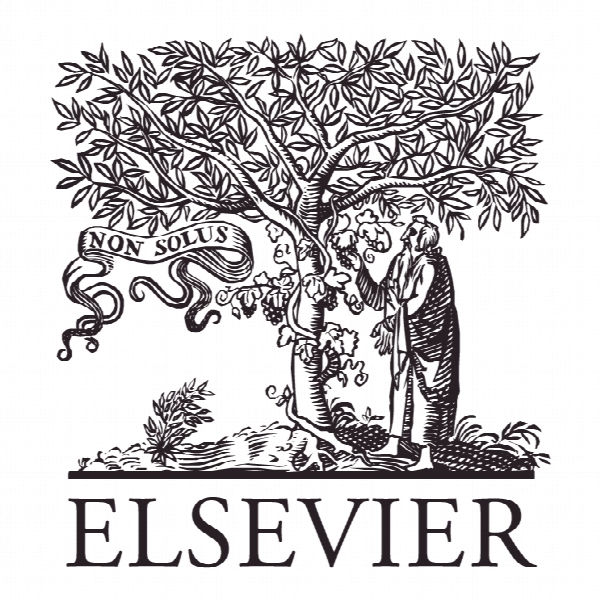مدل رشد قابلیت اطمینان نرم افزار مبتنی بر SVR قوی A robust weighted SVR-based software reliability growth model
- نوع فایل : کتاب
- زبان : انگلیسی
- ناشر : Elsevier
- چاپ و سال / کشور: 2018
توضیحات
رشته های مرتبط مهندسی کامپیوتر
گرایش های مرتبط مهندسی نرم افزار
مجله مهندسی قابلیت اطمینان و ایمنی سیستم – Reliability Engineering and System Safety
دانشگاه Peter the Great Saint-Petersburg Polytechnic University – Russia
منتشر شده در نشریه الزویر
کلمات کلیدی انگلیسی Imprecise contaminated model, pairwise comparisons, quadratic programming, software reliability growth model, support vector regression
گرایش های مرتبط مهندسی نرم افزار
مجله مهندسی قابلیت اطمینان و ایمنی سیستم – Reliability Engineering and System Safety
دانشگاه Peter the Great Saint-Petersburg Polytechnic University – Russia
منتشر شده در نشریه الزویر
کلمات کلیدی انگلیسی Imprecise contaminated model, pairwise comparisons, quadratic programming, software reliability growth model, support vector regression
Description
1. INTRODUCTION Software reliability is one of the most important factors in the software development process, which directly impacts on software quality. According to [1], software reliability is defined as the probability of failure-free software operation for a specified period of time in a specified environment. One of the methods for analyzing software reliability is to consider a software testing process, where defects of software are detected and removed. As a result, the software reliability tends to grow. Therefore, in order to estimate the software reliability by using information from the software testing process, many software reliability growth models (SRGMs) have been developed and successfully verified and applied in many software projects. As pointed out by several authors [2, 3, 4], most SRGMs can be divided into two large groups: parametric and non-parametric models. Parametric SRGMs are generally based on assumptions about the behaviour of the software faults and failure processes, usually in the form of some statistical characteristics, for example, probability distributions of time between failures of the software. Depending on the initial data representation, parametric SRGMs can also be divided into the timesbetween-failures or time-dependent models and the nonhomogeneous Poisson process (NHPP) based models. The first type of models uses times between successive software failures during the testing or debugging period in order to predict some probability measures of time to the next software failure. One of the best known software reliability models is the Jelinski-Moranda model [5], which assumes that the elapsed time between failures is governed by the exponential probability distribution with a parameter (failure rate) that is proportional to the number of remaining faults in the software. The second type of models uses numbers of software failures observed in a given period of time in order to predict how many software failures will be observed in a time period after the debugging process. The best known parametric models of the second type are the NHPP based SRGMs. An example of the NHPP models is the well known Goel–Okumoto NHPP model [6], which assumes that the cumulative number of failures follows a Poisson process, such that the expected number of failures in a given time interval after time t is proportional to the expected number of undetected faults at time t. Since parametric SRGMs depend on a priori assumptions about the nature of software faults and the stochastic behaviour of the software failure process, they have quite different predictive performances across various projects [2, 7].


